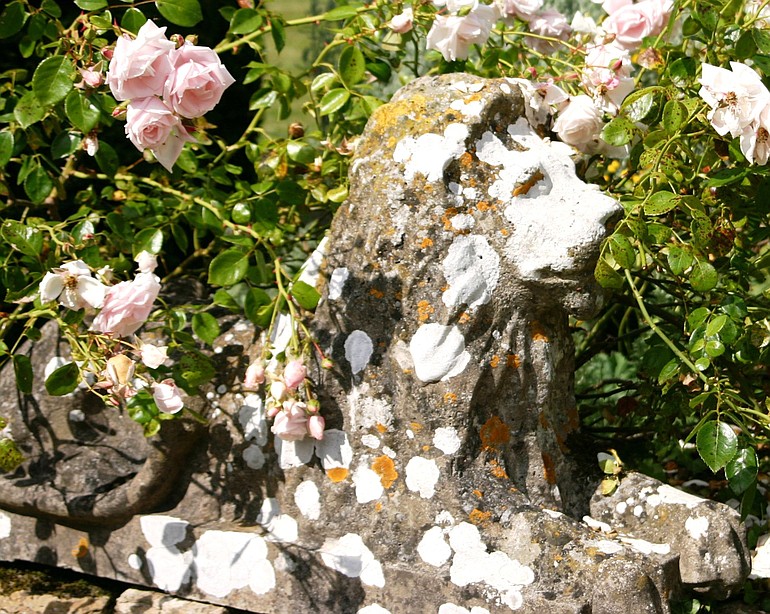There are times in a gardener’s life when the world becomes a very small place.
No matter what size of garden we tend, there are moments when the focus of our attention narrows. When we are immersed in the work at hand, such as weeding a perennial border or deadheading the cutting garden, the outside world seems to fade away. These are the times that we get our best work, as well as our best thinking, done in the garden.
Imagine yourself taking a panoramic photograph of your garden from a vantage point that takes in the entire property and then bring the lens down to a tight close up shot of an individual flower blossom. When we narrow our focus, it often gives the job at hand a simple clarity. It is in tending to the detail of each plant that a garden becomes a perfect whole. A well-pruned rose in a bed of well-pruned roses gives the overall garden a neat, cared-for appearance.
Ornamental grasses
This is one of the best times of year to determine where you want to plant ornamental grasses in your garden and to choose varieties for their fall stem color. Grasses are playing a larger role in many Northwest gardens for their year-round beauty, but fall is when they truly come into their own. Plant them where the setting sun will light the waving stems from behind.
If you live in an area with extremely cold winters or if your soil is not perfectly well drained and holds in water through the cold, rainy season, I recommend waiting until early spring to buy and plant. For now, add a list of your favorite grasses in your garden journal. Over the years, I have discovered that even the hardiest grasses have a hard time setting root in cold, wet soil and often fail to thrive when spring returns.
Tress and shrubs
Trees and shrubs come into their own at this time of year with impressive displays of vivid reds, oranges and yellows. The Stag’s Horn sumac (Rhus typhina) is dramatic, with flaming foliage and torch-like fruit clusters. The color intensity of deciduous trees and shrubs such as Japanese maple, vine maple, Fothergilla gardenii and golden barberry can vary from plant to plant so choose individual woody plants for fall color now.
Needle and broad-leaf evergreens keep our gardens looking lush all year. Berries, bark and plant silhouettes add to garden interest. The autumn flowering cherry (Prunus subhirtella “Autumnalis”) begins to open its dainty pink blossoms in late September and blooms sporadically with every sun break throughout the winter months. The scented witch hazels Hamamelis mollis and intermedia flower from bare branches on chilly days.
Rose ideals
Rose gardens are often held up as an ideal in the mind of the gardener. They contain all the elements of perfection. The classic rose garden begins with a formal layout, delineated by an enclosure of evergreen boxwood, packed gravel walkways and a backdrop of evergreen yew hedging. Even in the midst of winter snow, the garden’s pattern and pathways are evident in this formal layout. In reality, rose gardens seldom achieve this ideal.
The best way to use roses is to incorporate them into the overall garden picture. If you have a penchant for flowering shrubs and perennials, add roses into your herbaceous beds and borders just as you would any other garden plant. Plant them so that you can enjoy their best attributes. You should be able to look up and into the flowers of climbing roses, especially those that are so full of petals that the branches bow in a gentle arch under the rose’s weight.
Rosa “Graham Thomas” is a classic English shrub rose with a steady stream of rich, pure yellow blossoms from spring through fall. As each rose ages, the densely packed petals fade to an equally attractive pale cream. This arching shrub can be grown as a climber. It displays roses all along its 6- to 8-foot height. Graham Thomas has received the highest accolades for its flower form and color. In my garden, the best feature of this classic rose is the number of roses held right at nose level so I can fully enjoy the heady, fresh tea rose fragrance with a cool violet character.
Robb Rosser is a WSU-certified Master Gardener. Reach him at Write2Robb@aol.com.



